Corrective Exercises That Promote Lasting Pain Relief and Mobility
October 26, 2025
8 min

Understanding Corrective Exercises for Lasting Pain Relief
Corrective exercises are a fundamental component in the management of pain and mobility issues, offering tailored approaches that address underlying movement dysfunctions. Beyond temporary symptom relief, these exercises aim to restore proper movement patterns, improve joint stability, and enhance mobility to support long-term health and reduce the risk of future injury. This article explores the variety of corrective exercises, their benefits, and how they integrate into comprehensive pain management strategies.
Types of Corrective Exercises and Their Specific Benefits

What are the different types of corrective exercises and their benefits?
Corrective exercises come in various forms, each targeting specific body functions to enhance overall movement quality and reduce pain.
- Stretching exercises: Examples include hamstring stretches, chest openers, and hip flexor stretches. These maintain flexibility and prevent muscle tightness.
- Strengthening exercises: Core-focused movements such as planks, back extensions, and resistance band exercises build muscular support around the spine and joints, improving stability.
- Postural exercises: Shoulder blade squeezes, chin tucks, and wall angels help correct poor posture, a common cause of spinal misalignment.
- Balance and stability exercises: Activities like single-leg stands, balance board exercises, and stability ball exercises enhance coordination and muscle stabilization to prevent falls and injuries.
- Mobility exercises: Cat-cow stretches, thoracic rotations, and hip circles increase joint range of motion, reducing stiffness and injury risk.
- Functional movement exercises: Squats, lunges, and deadlifts retrain proper everyday movement patterns to minimize future misalignments.
These exercises collectively promote blood circulation, speed recovery, maintain chiropractic alignment, alleviate pain, boost flexibility, and strengthen weak areas, preventing recurrence of issues. When integrated with chiropractic care, they support structural stability and enhance long-term health outcomes.
The Foundation of Mobility and Stability in Corrective Exercise
What is the difference between mobility, flexibility, and stability?
Mobility is the ability to move a joint through its complete range of motion with both control and stability. It focuses on joint movement specifically. Flexibility, on the other hand, refers to the ability of muscles as well as joints to lengthen and move freely. Stability means controlling joint movement through neuromuscular coordination. Together, these elements define how well our body moves and functions. Learn more about Mobility exercises for better flexibility and the Benefits of corrective exercises.
What causes limited mobility and poor motor control?
Restrictions in mobility can result from tight muscles, poor posture, previous injuries, bad biomechanics, and repetitive overuse. These limitations may cause joints to move improperly, leading to compensations elsewhere in the body. Poor motor control, which involves the timing and coordination of muscle actions and balance, can then develop. This often results in pain and increases the risk of injury. For more detailed information, see Corrective exercise for pain relief and Methods for PTAs to help patients improve mobility and function.
How do motor control and movement pattern retraining help prevent pain?
Corrective exercises focus on retraining proper movement patterns by improving motor control. This involves practicing coordinated and efficient muscle actions to stabilize joints and maintain posture. By addressing underlying dysfunctions, these exercises restore normal joint mobility and muscle function. This foundation of mobility, stability, and motor control reduces pain signals and prevents future injury by correcting faulty movement habits. Discover more about Types of corrective exercises and their benefits and Exercises to Reduce Chronic Pain.
Corrective Exercises for Chronic Pain and Functional Improvement

How can corrective exercises aid individuals with chronic pain?
Corrective exercises provide significant benefits for people suffering from chronic pain conditions such as arthritis and fibromyalgia. By focusing on decreasing inflammation and enhancing joint mobility, these exercises help reduce pain levels and improve overall function. Learn more about the benefits of corrective exercises.
Core strengthening is a vital component of corrective exercise routines. Strengthening the muscles around the abdomen, hips, and back stabilizes joints and supports proper posture, which in turn decreases the risk of further injury and chronic pain exacerbation. Gentle aerobic activities such as walking and swimming are also crucial because they increase endurance and cardiovascular health without placing undue stress on painful joints. See effective exercises to reduce chronic pain.
Tailored exercise programs developed with guidance from healthcare professionals are essential. Customization ensures that exercises suit individual health conditions and mobility limitations, reducing the risk of worsening symptoms. Gradual progression in exercise intensity and duration promotes consistent functional improvement and pain relief. Discover how corrective exercise for pain relief plays a role in this approach.
Overall, corrective exercises blend strength, mobility, and aerobic components to address the multifaceted nature of chronic pain. When combined with professional supervision, these exercises empower individuals to manage pain effectively and enhance quality of life.
Quick and Effective Corrective Exercises for Pain Relief and Mobility
Are short-duration corrective exercises effective for pain relief and mobility?
Scientific research supports that even brief corrective exercises after chiropractic adjustments can significantly reduce pain and improve mobility. A study involving 198 office workers found that just two-minute resistance exercise with elastic tubing daily offered pain relief similar to longer, 12-minute sessions. These short exercises help strengthen muscles, alleviate stiffness, and support joint health effectively.
Examples of two-minute resistance and stretching exercises
Simple exercises that can be completed in about two minutes include:
- Deep belly breathing exercise to reduce muscle tension and promote relaxation.
- Hamstring stretches and calf stretches** which maintain flexibility and prevent muscle tightness.
- Seated straight leg raises for strengthening leg muscles.
- Knee squeezing with a ball exercise to activate inner thigh muscles.
- Arm circles and marching in place to enhance upper and lower body mobility.
These exercises address common issues like muscle weakness and stiffness that contribute to pain.
Incorporating brief exercises into daily routines for sustained benefits
Integrating two-minute corrective exercises for pain relief into daily life boosts adherence and sustains pain relief. Short bouts are easy to fit during breaks at work or between daily tasks, encouraging consistent movement without overwhelming time commitments. Regular engagement promotes muscle support around joints, maintains mobility, and reduces future pain episodes, complementing other treatments like chiropractic adjustments.
Targeted Mobility Exercises to Prevent Injury and Enhance Joint Function

What are effective mobility exercises and how do they help prevent pain and injury?
Mobility exercises are designed to improve the ability of a joint to move through its full range of motion with precision and control. Unlike flexibility exercises, which primarily target muscles and tendons, mobility focuses specifically on joint health, strength, and the coordination needed to stabilize movement (Mobility exercises for better flexibility).
Specific mobility exercises for major joints
- Cat-cow stretches: These promote spinal mobility by gently flexing and extending the back, helping to relieve tension and improve flexibility (Cat-cow stretches).
- Hip circles: These enhance hip joint stability and mobility, reducing stiffness and improving the control of hip motions (Hip circles.
- Downward-facing dog: This yoga pose encourages ankle and calf mobility while also stretching the hamstrings, boosting lower limb flexibility (Downward-facing dog benefits.
- Hip-flexor lunges: These focus on loosening tight hip flexors, which can reduce lumbar strain and improve posture (Hip-flexor lunge for hip flexibility.
- Torso twists: This exercise increases mobility in the hips, toes, ankles, and trunk, fostering better coordination and movement efficiency (Torso twists for trunk mobility.
How mobility exercises improve performance and reduce injury risk
By regularly practicing targeted mobility exercises, stiffness and muscle tightness around the joints decrease, resulting in enhanced movement efficiency. Efficient movement patterns reduce compensations that cause pain and prevent common injuries. Improved joint control also supports better balance and coordination, essential for everyday activities and athletic performance. Introducing mobility work, even in short intervals a few times weekly, can significantly enhance joint function and contribute to long-term injury prevention (Mobility exercises routine.
Integrating Corrective Exercises into Comprehensive Pain Management

How do corrective exercises fit into a broader pain management plan?
Corrective exercises serve as an essential component within a multidisciplinary approach to pain management. They are designed to improve movement quality by addressing mobility, stability, and neuromuscular control, complementing manual therapies like chiropractic adjustments and physical therapy. When combined with psychological strategies such as cognitive behavioral therapy and relaxation techniques, these exercises help address both the physical and emotional dimensions of pain.
Complementary therapies and lifestyle modifications
In addition to corrective exercises, pain management benefits greatly from complementary therapies including deep breathing exercises, meditation, and mind-body practices like yoga and tai chi. Lifestyle modifications such as regular physical activity, healthy nutrition, stress reduction, and improved sleep habits further enhance recovery and pain relief. These combined interventions support circulation, decrease inflammation, and encourage healing, ultimately improving overall function and quality of life.
Importance of psychological and educational approaches
Psychological support plays a vital role in chronic pain care. Techniques like mindfulness, cognitive behavioral therapy, and educational resources empower patients to manage pain effectively by reducing anxiety, muscle tension, and negative thought patterns. Access to self-management tools such as the Pain Toolkit and NHS Pain Management Programmes equips individuals with practical skills to cope with pain, improving motivation and adherence to exercise regimens.
Role of self-management and patient empowerment
Patient education and home exercise programs are fundamental to sustaining progress. By teaching correct exercise techniques and pacing strategies, healthcare providers foster self-efficacy, helping patients take control of their condition. This empowerment reduces reliance on analgesic medications and promotes long-term structural stability and pain relief. Incorporating corrective exercises into daily routines not only accelerates recovery but also supports lasting improvements in mobility and function.
Safety, Progression, and Practical Tips for Corrective Exercise Success

What safety measures and progression strategies ensure effective corrective exercise practice?
Ensuring safety during corrective exercise involves personalized planning based on individual assessments. Start exercises gently, keeping pain within a tolerable range, ideally scoring between 0 and 5 on a 10-point scale. Perform exercises in a controlled, safe environment using proper technique to avoid strain or injury.
Gradual progression is crucial: slowly increase repetitions, duration, or intensity as your strength and mobility improve. This approach prevents overloading muscles or joints, reducing the risk of setbacks. Discontinue any exercise that causes increased or sharp pain and seek professional advice if symptoms worsen.
How can you incorporate corrective exercises into daily life for long-term benefits?
Integrating corrective exercises regularly supports lasting improvements in mobility and pain management. Try embedding brief sessions before or after daily activities, such as stretching tight muscles or performing balance moves. Consistency—even short daily bouts—builds strength and reinforces better movement patterns.
Professional guidance, such as from physical therapists or chiropractors, can help tailor exercises, monitor progress, and adjust routines safely. Complementing corrective exercises with posture awareness and lifestyle modifications enhances effectiveness.
By following these safety tips and progression strategies, corrective exercises become a sustainable part of your routine, promoting joint stability, reducing pain, and supporting overall functional movement over time.
Sustaining Pain Relief and Mobility Through Corrective Exercises
Corrective exercises offer a proactive and effective approach to managing pain and enhancing mobility, focusing on restoring proper movement and strengthening supporting muscles. By addressing mobility restrictions, stability deficits, and motor control impairments, these targeted exercises promote long-term relief, prevent injury, and improve overall function. When integrated within comprehensive pain management plans that include psychological support and lifestyle modifications, corrective exercises empower individuals to regain control over their health and enjoy lasting improvements in quality of life.
Recent articles
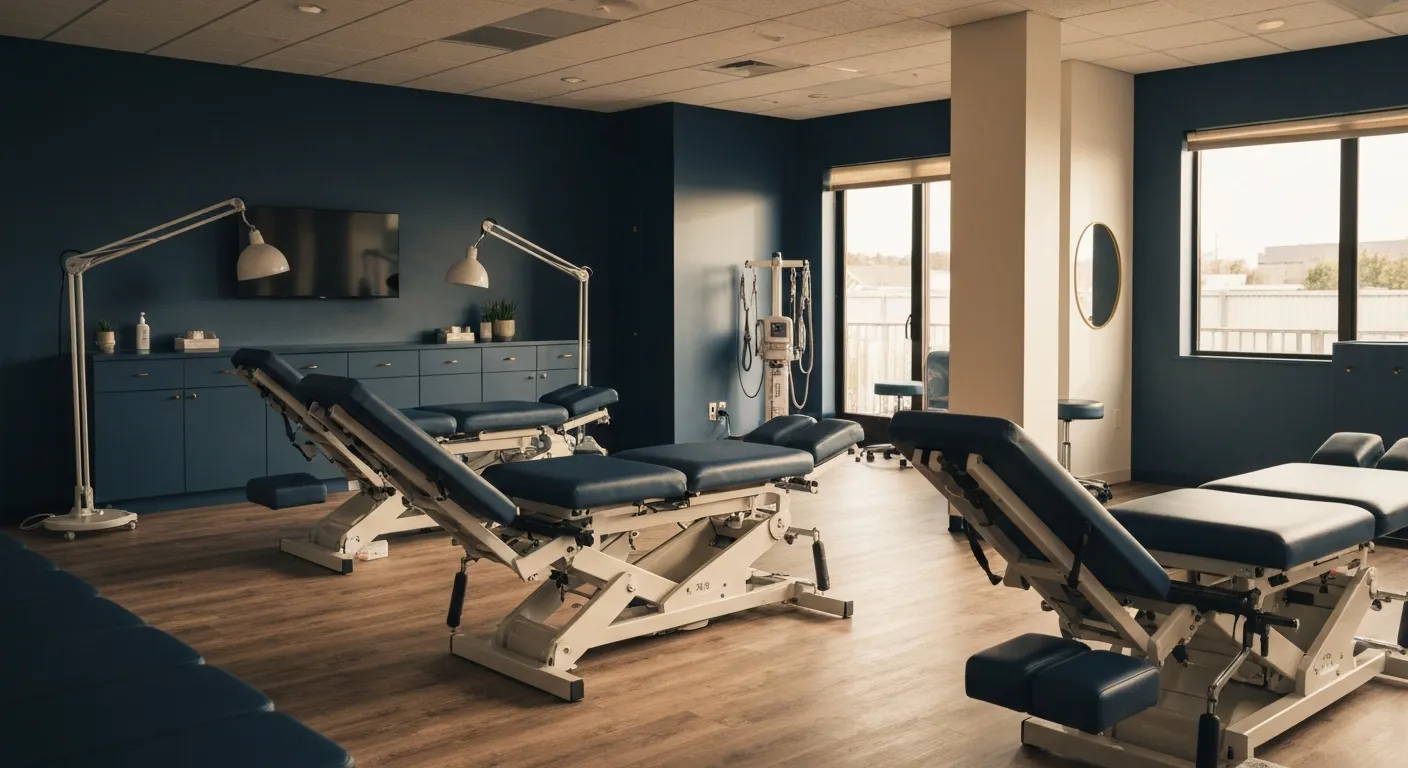
Long-Term Pain Relief Through Targeted Corrective Exercises

10 Benefits of Integrating Physiotherapy with Chiropractic Treatments

Corrective Exercises That Help Prevent Recurring Pain

8 Corrective Exercises Proven for Lasting Pain Relief

Lifestyle Habits for Maintaining a Healthy Spine
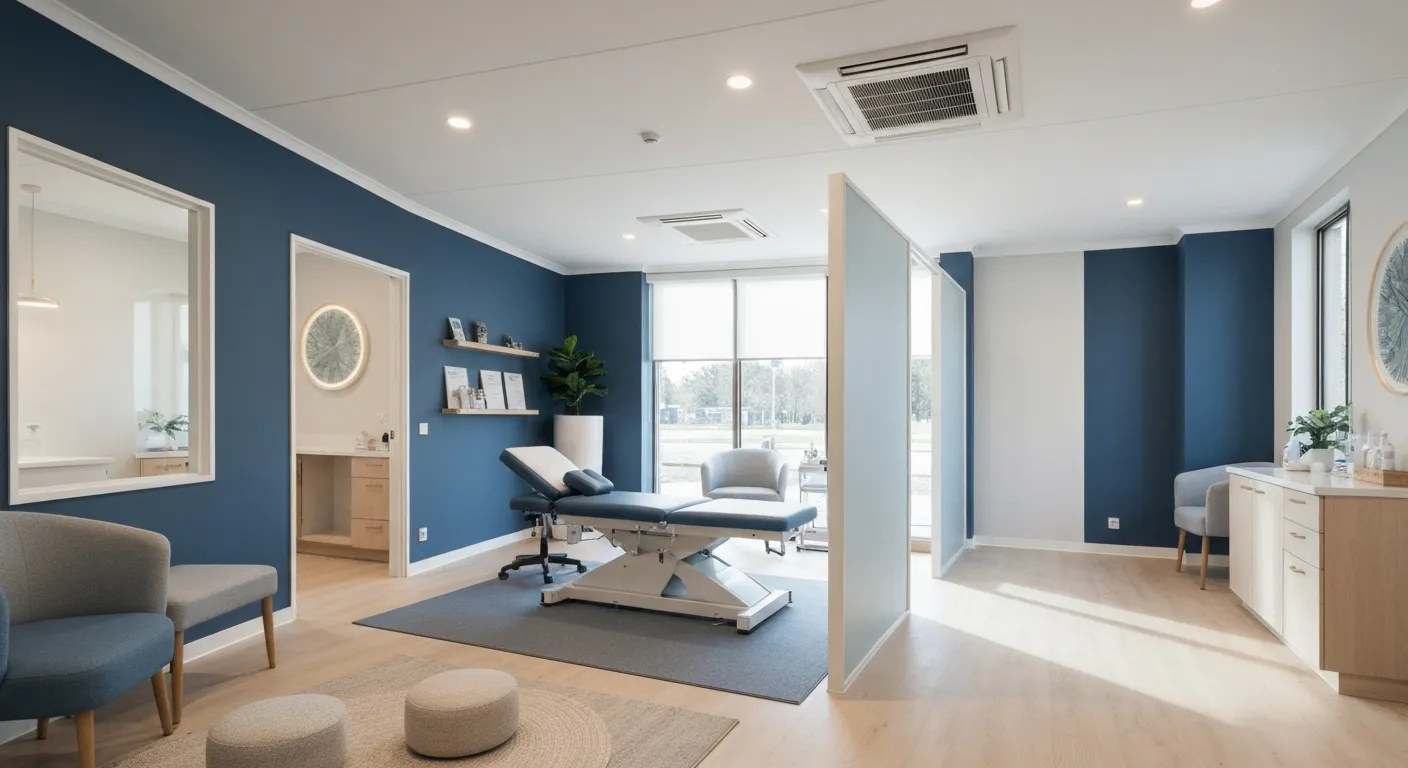
What You Will Experience at Your Initial Chiropractic Visit
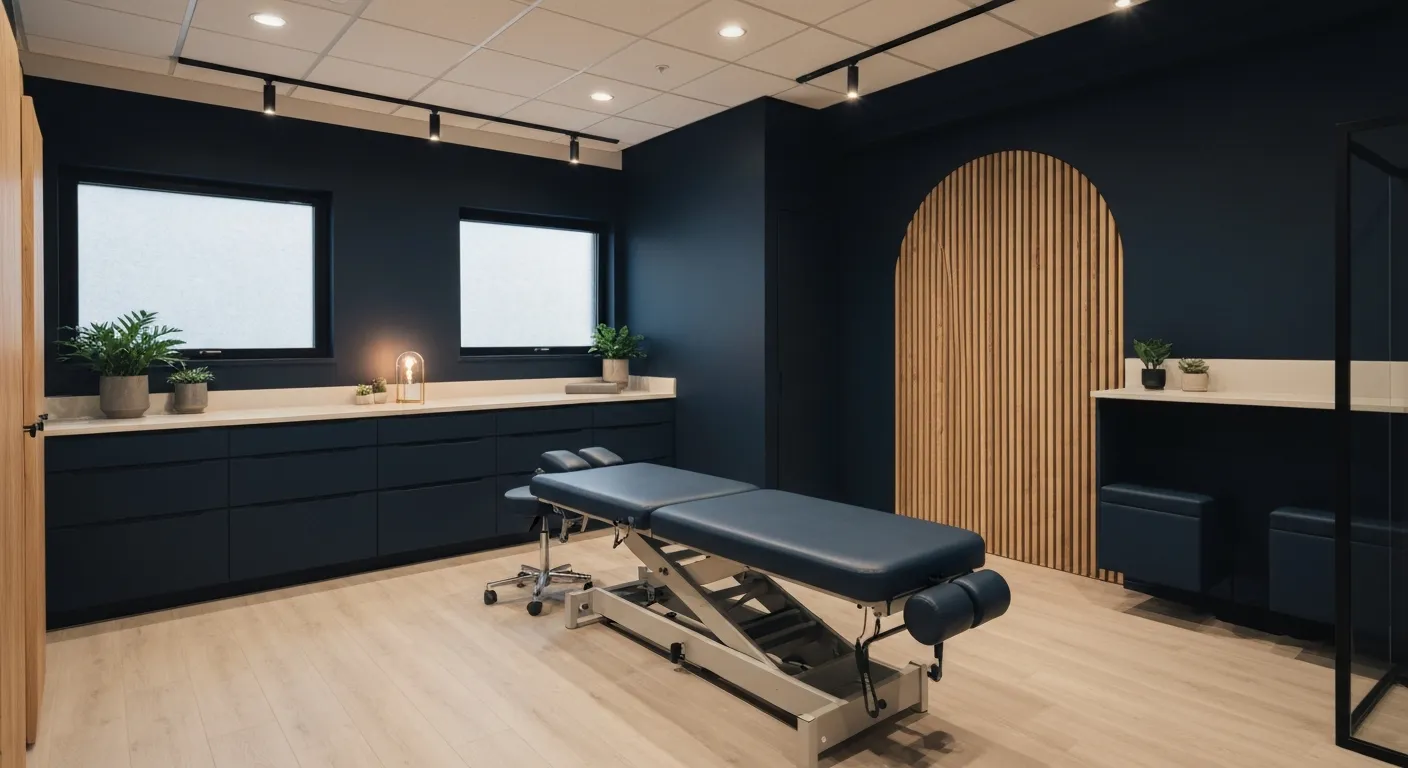
What Happens at Your First Visit to a Chiropractor?
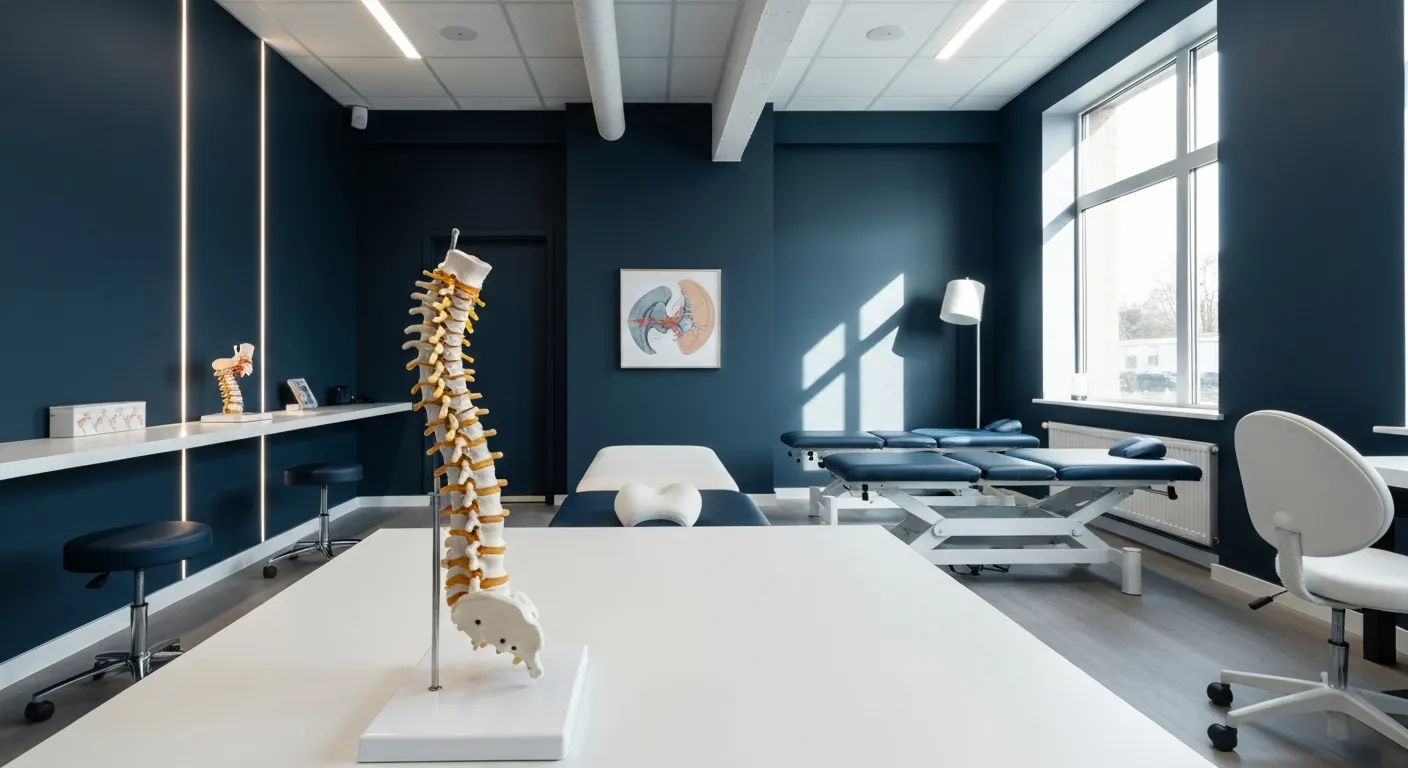
Focusing on Root Cause Analysis for Effective Pain Relief
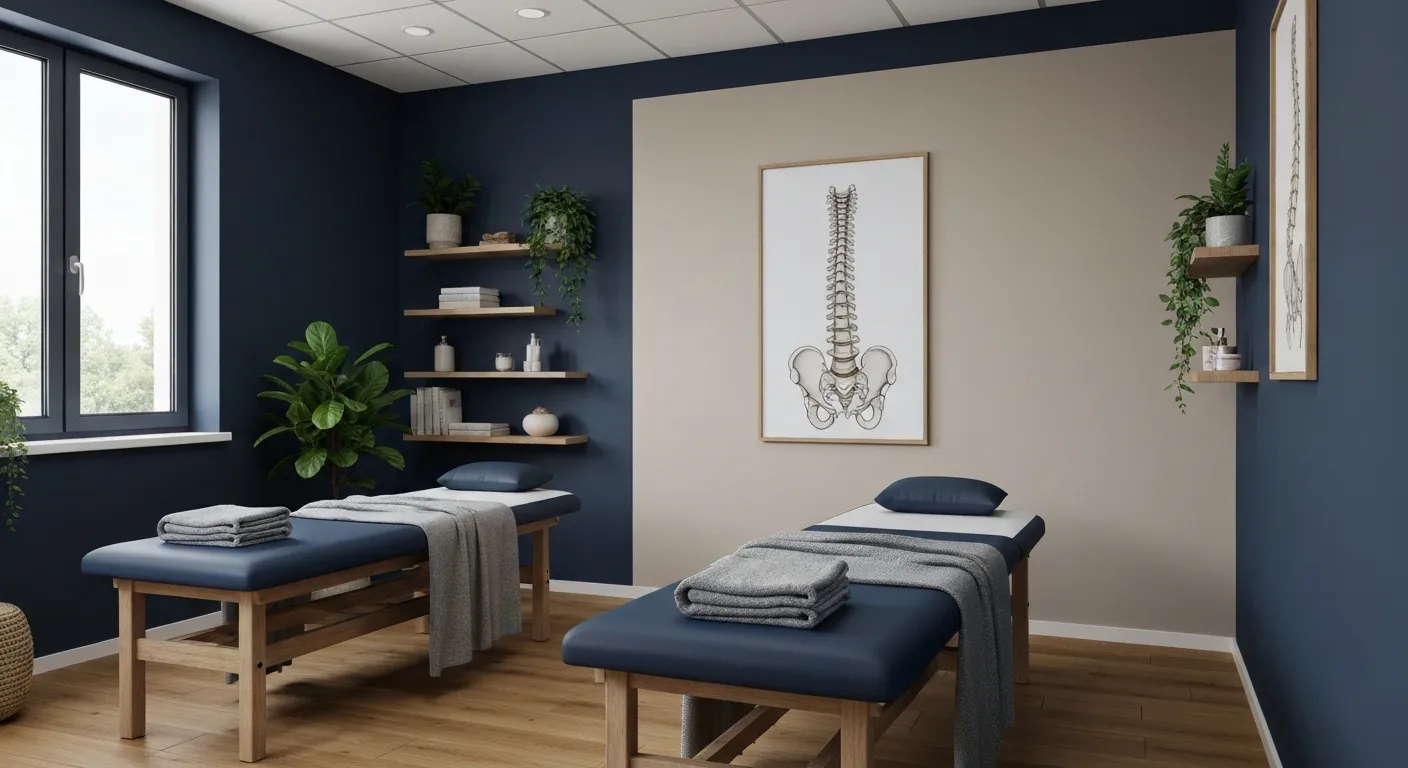
Tips for Lifestyle Changes to Support Spinal Health

Holistic Treatment Plans: Alternatives to Surgery for Chronic Pain

Enhance Wellness Through Personalized Nutritional Counseling

Non-Invasive Pain Relief: Exploring Holistic Treatment Alternatives
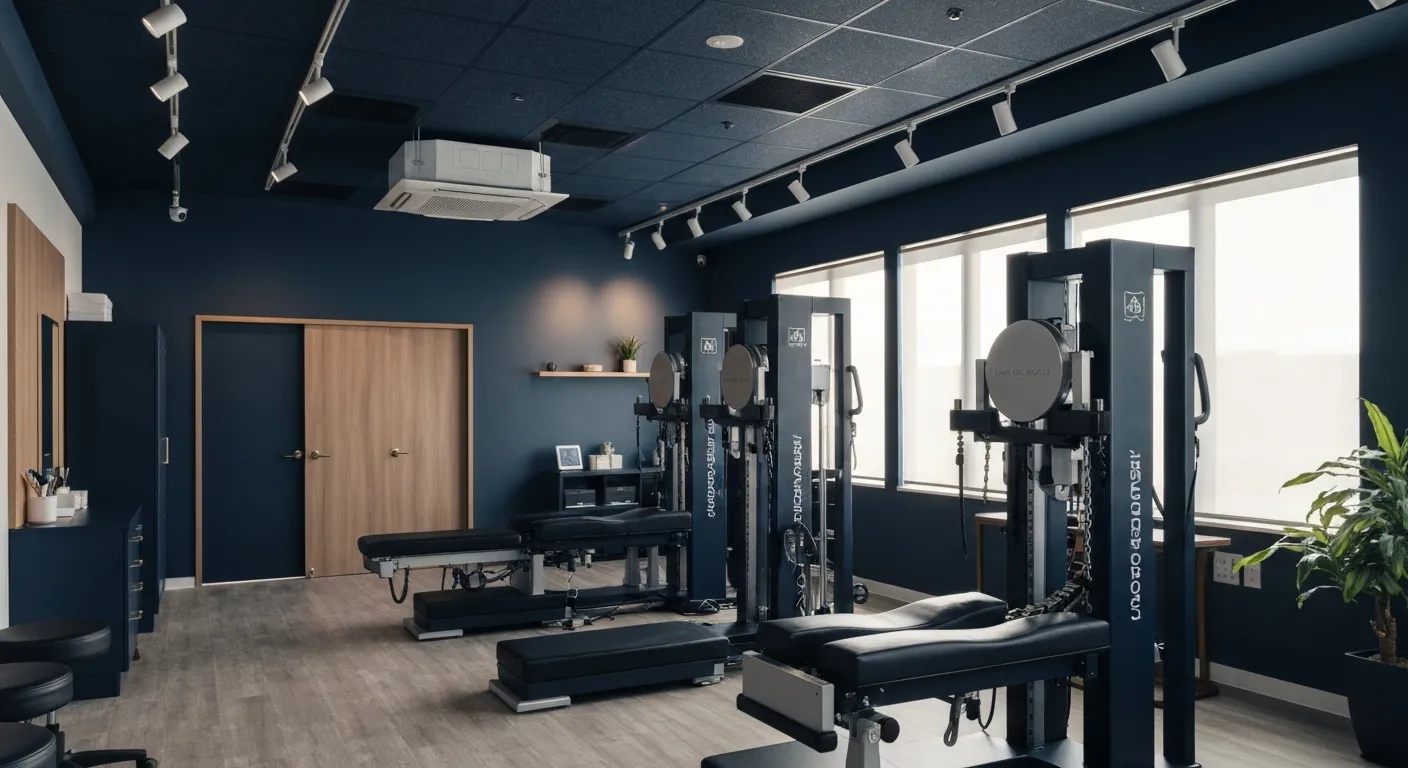
Sciatica Relief Through Targeted Spinal Decompression

Integrating Physiotherapy with Chiropractic Treatments for Better Results

Testimonials That Demonstrate the Benefits of Chiropractic Care
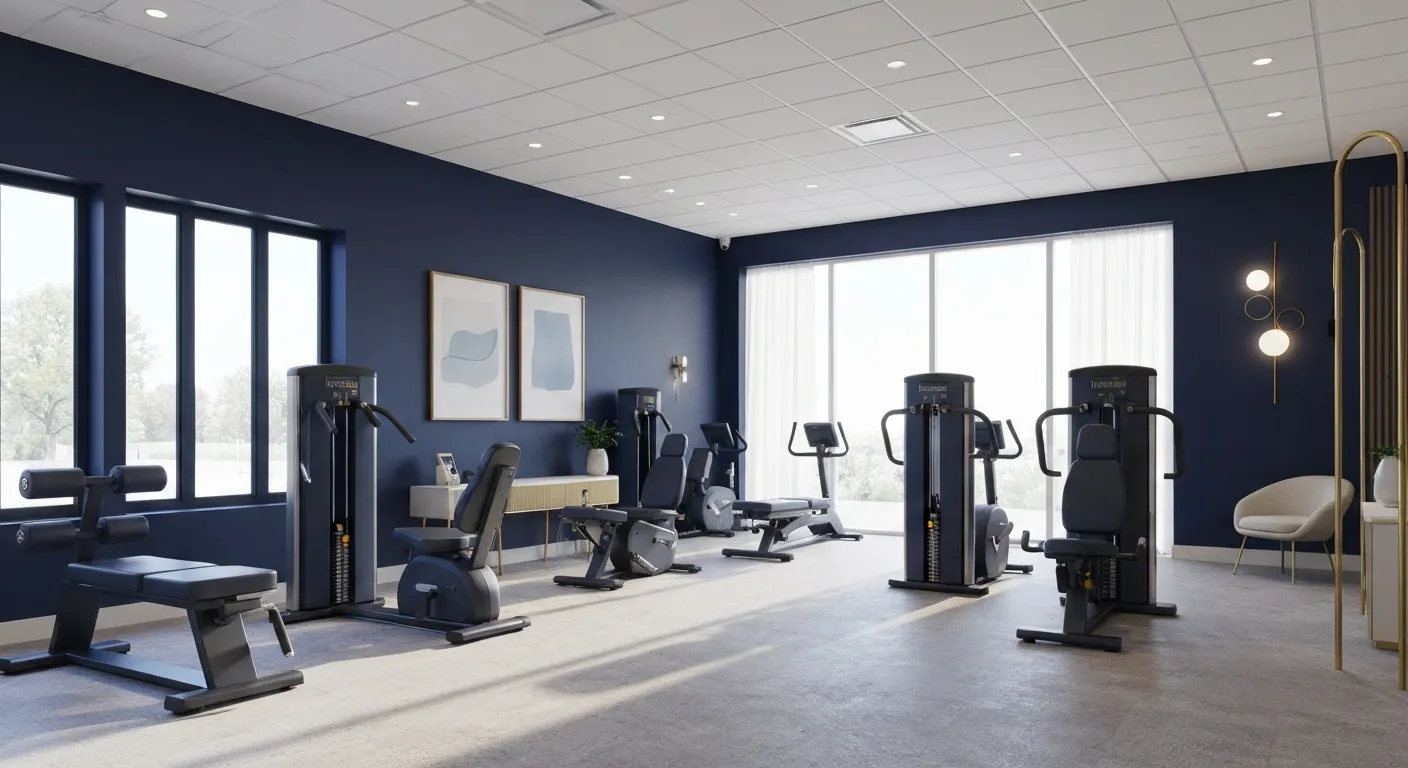
The Power of Corrective Exercises in Pain Management

A Step-by-Step Guide to Your Initial Chiropractic Consultation

9 Nutritional Tips to Enhance Your Chiropractic Wellness Journey

Patient Experiences: How Chiropractic Care Changed Their Lives

Lifestyle Recommendations to Keep Your Spine in Top Shape

Effective Corrective Exercises for Long-Term Pain Relief

Back Pain Benefits: What Chiropractic Care Can Do for You

Spinal Decompression Techniques for Effective Sciatica Relief

Top Nutritional Counseling Tips for Enhanced Wellness
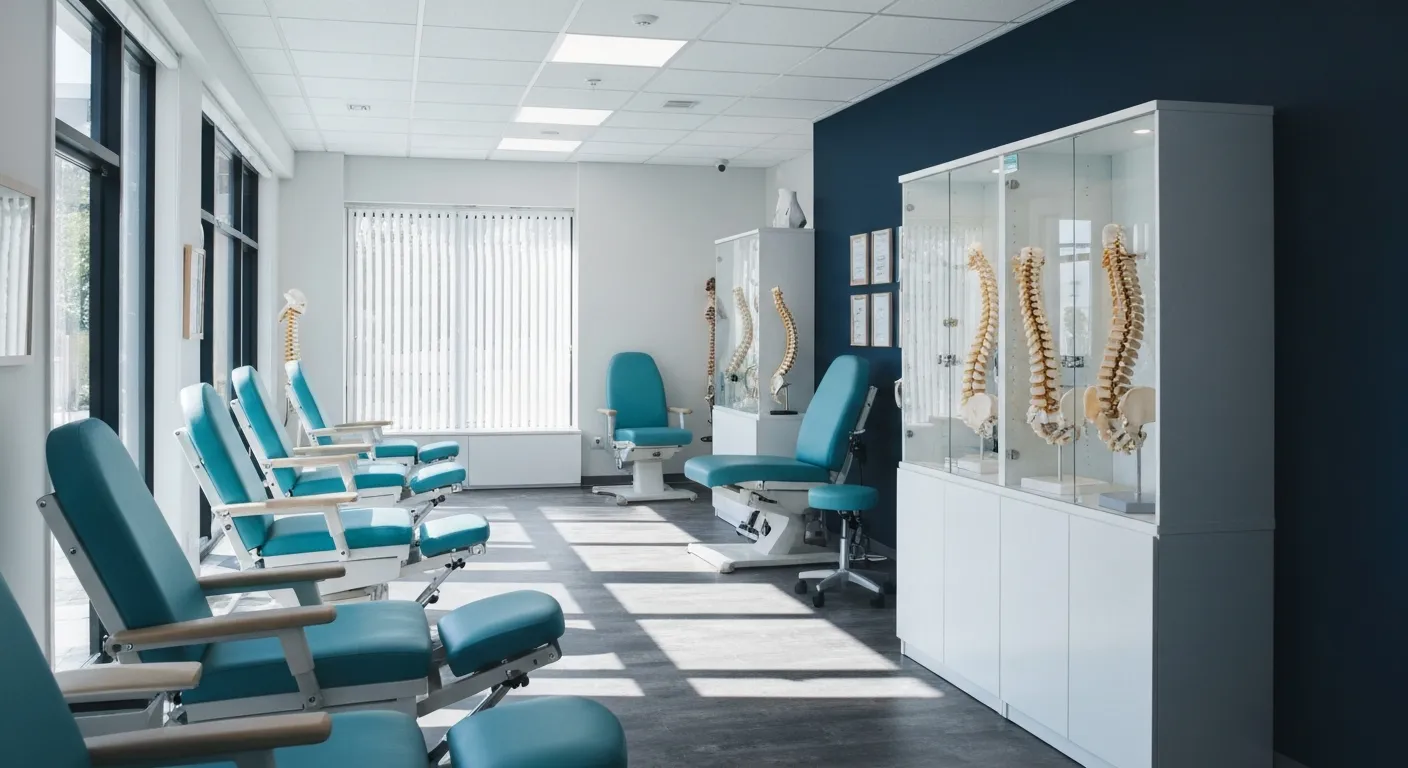
6 Lifestyle Habits That Boost Spine Health Daily

Discover Holistic and Non-Surgical Pain Relief Solutions

Exploring Holistic and Non-Surgical Treatment Options for Pain
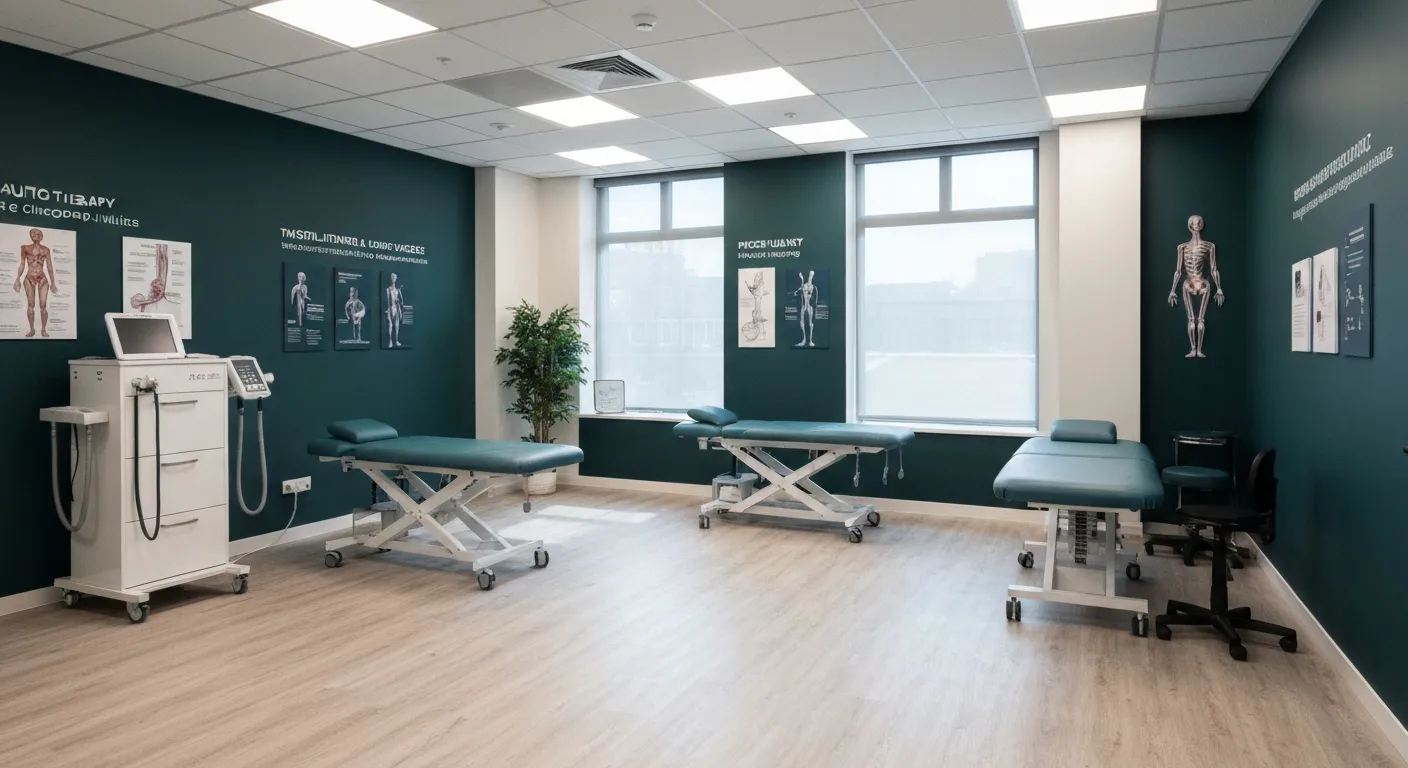
The Role of Physiotherapy in Enhancing Chiropractic Care Outcomes

Complementing Chiropractic Care with Physiotherapy: What You Need to Know
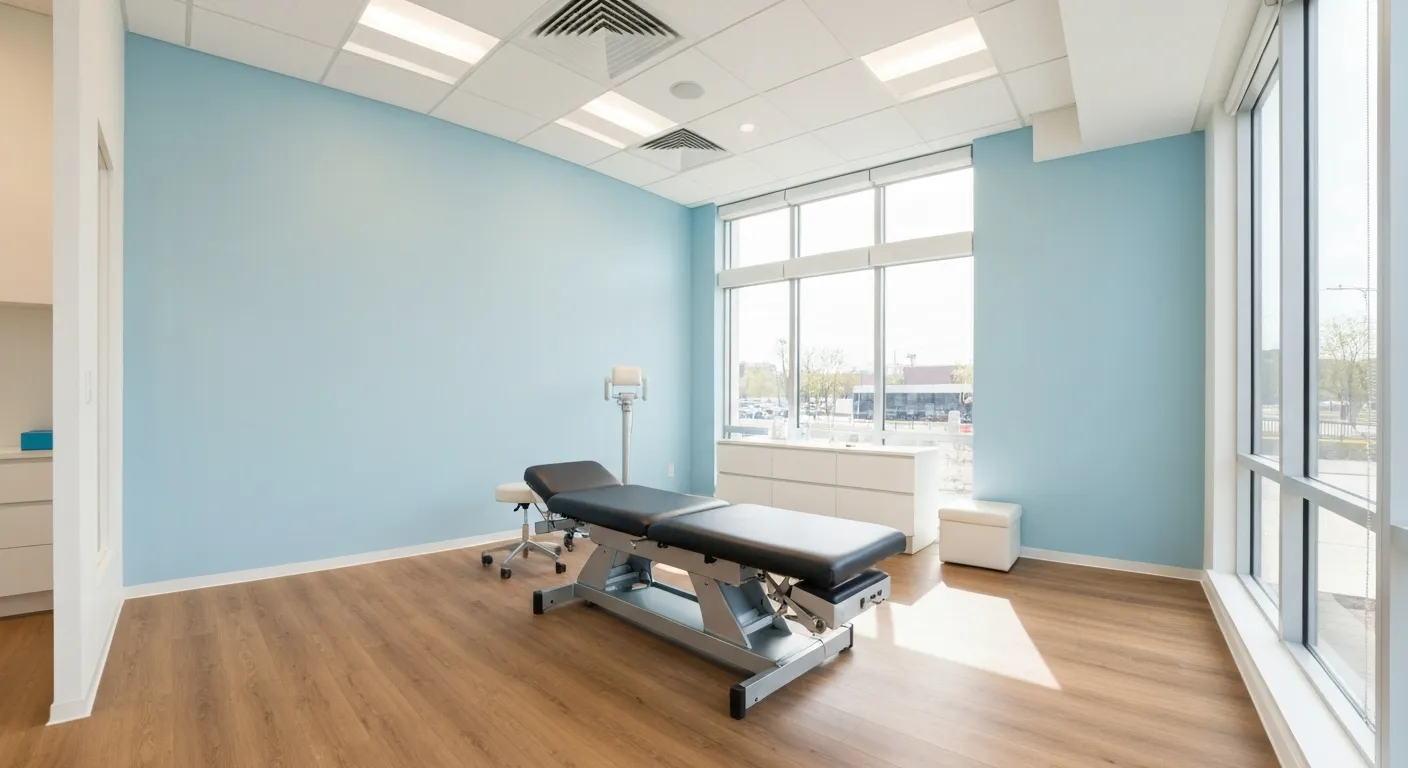
What to Expect During Your First Chiropractic Visit

Simple Lifestyle Adjustments to Maintain a Healthy Spine

Personalized Nutritional Counseling for Improved Health Outcomes

Exploring Non-Surgical Treatments for Spine-Related Conditions

An Introduction to Spinal Decompression for Sciatica Patients

Transformative Success Stories: Patient Experiences with Chiropractic Treatments

Why Chiropractic Care Is Essential for Back Pain Relief

Addressing Underlying Causes Versus Symptom Management in Pain Care

The Role of Nutrition in Enhancing Chiropractic Treatment Effectiveness

Sciatica Treatment Options: Is Spinal Decompression Right for You?

Lifestyle Tips to Maintain a Healthy Spine and Prevent Back Issues

The Synergy Between Physiotherapy and Chiropractic Treatments

What Happens During Your Initial Chiropractic Consultation

Effective Corrective Exercises for Sustainable Pain Management

Taking a Root Cause Approach to Chronic Pain Management

Holistic Pain Management Techniques Without Surgery

How Patient Success Stories Validate Chiropractic Care Benefits

Spinal Decompression: Innovative Treatment for Sciatic Nerve Pain

Spinal Decompression Therapy: A Non-Invasive Approach to Sciatica Relief

Exploring Holistic Approaches Beyond Surgery for Pain Relief

Practical Lifestyle Advice to Support a Healthy Spine Every Day

Corrective Exercise Routines Designed for Long-Term Pain Prevention

Real Patient Stories: Overcoming Chronic Pain with Chiropractic Care

Lifestyle Changes That Promote a Healthy Spine and Prevent Injury

How Addressing the Root Cause of Pain Leads to Lasting Relief

Non-Surgical Holistic Therapies to Manage Chronic Pain Effectively

Nutritional Counseling's Impact on Physical Health and Healing

Benefits of Regular Chiropractic Care for a Stronger Back

Your First Chiropractic Visit: What to Expect and How to Prepare

Patient Experiences: How Chiropractic Care Transformed Their Lives

Exploring Holistic, Non-Surgical Options for Pain Management

Combining Physiotherapy with Chiropractic Treatments for Enhanced Recovery

Holistic Treatments That Offer Alternatives to Surgery for Pain Relief

Corrective Exercise Strategies for Long-Term Spine Health

How Physiotherapy Complements Chiropractic Adjustments for Better Outcomes

First-Time Chiropractic Visitors: What You Should Know

Understanding the Importance of Treating Pain at Its Source

Adopting Lifestyle Changes to Support Your Spine's Wellness

Utilizing Physiotherapy to Enhance Chiropractic Treatment Outcomes

The Key Advantages of Chiropractic Care for Back Pain Sufferers

Why Focusing on Root Causes Improves Pain Treatment Success

Corrective Exercises That Promote Lasting Pain Relief and Mobility

Sciatica Relief Through Targeted Spinal Decompression Techniques

Preparing for Your First Chiropractic Appointment with Confidence

Healthy Lifestyle Habits for Maintaining Spinal Alignment

Success Stories Highlighting Chiropractic's Role in Pain Recovery

Top Benefits of Chiropractic Care for Chronic Back Pain

Nutrition Tips to Boost Your Overall Wellness and Recovery

How Chiropractic Care Alleviates Back Pain Naturally

How Nutritional Counseling Supports Overall Wellness and Spine Health

Step-by-Step Guide to Your First Visit with a Chiropractor

Using Nutrition to Support Chiropractic and Overall Wellness

Integrating Physiotherapy in Your Chiropractic Healing Journey

How Physiotherapy Complements Chiropractic Adjustments for Faster Healing

Lifestyle Tips for Maintaining a Healthy Spine and Preventing Back Pain

Heartwarming Patient Testimonials Highlighting Chiropractic Success

How Proper Nutrition Supports Chiropractic and Physiotherapy Treatments

Combining Physiotherapy and Chiropractic Treatments for Optimal Recovery

Why Chiropractic Treatments Are Effective for Managing Back Pain

Choosing a Chiropractor: Tips for Finding a Trusted Provider

Integrating Physiotherapy and Chiropractic: Benefits and What to Expect

How Tailored Corrective Exercises Can Aid in Pain Management

Chiropractic Care: A Proven Solution for Alleviating Back Pain

What to Expect at Your First Chiropractic Visit: A Comprehensive Guide

The Importance of Root Cause Analysis in Effective Pain Management

The Role of Corrective Exercises in Sustaining Pain-Free Living

Combining Chiropractic and Physiotherapy for Comprehensive Pain Relief

How Addressing Underlying Causes Improves Pain Treatment Effectiveness

Maintaining Spinal Health Through Lifestyle Changes and Preventive Care

Understanding the Benefits of Chiropractic Adjustments for Back Pain Sufferers

